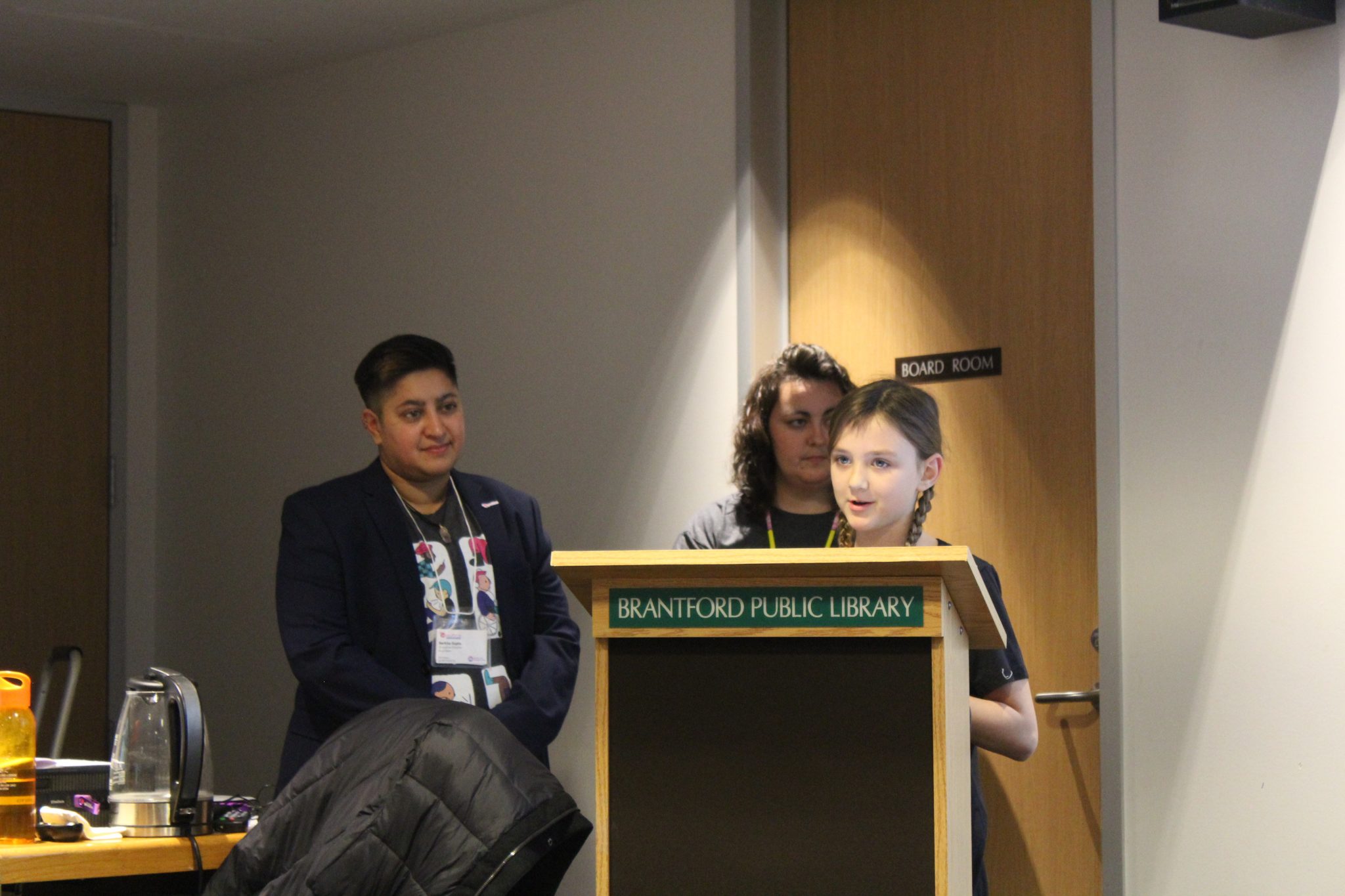– Aaleya Waslat, staff
In order to find teaching positions, recent graduates of concurrent education programs have to be flexible. They need to be willing to teach outside of Ontario or specialize in programs such as French to secure a job in the competitive field of teaching as there are more concurrent education graduates than there are teaching jobs available.
The joint concurrent education program offered in Brantford through Wilfrid Laurier University and Nipissing University has increasing enrollment and attracts a significant number of students each year.
Each year, a large number of students graduate from this program. Some have already found positions but most are worried that they will struggle with finding a job after graduation.
Mike Sereda, Executive Superintendent of Human Resources & Business Services for the Thames Valley District School Board, based in London, is aware of the fact that the unemployment rate for students with an education degree is rising.
Sereda says, “You get these poor kids who are absolutely fabulous and I can’t offer them anything. Even suggesting hope is tough”.
To understand why it is so challenging to obtain employment as a teacher in Ontario one must first look at simple economic principles of supply and demand. A decreasing elementary and high school student population in Ontario means a lower demand for teachers.
As many students continue to aspire to be teachers, the chance of finding a regular employment lies within 41 percent.
The Ontario College of Teachers recently produced an article that showed the difficulty of creating jobs for newly graduating students.
In 2000, there were 8,857 newly approved teachers in Ontario, facing a retiring population of 7,096 positions. The difference between the available positions for students in 2000 was just under 1,800.
Today, that number is much more troubling. In 2012, there are only 5,325 retiring teachers. However, the total amount of students graduating and qualifying to become teachers this year will be 12,434. That means there are 7,109 potential teachers seeking positions that quite simply do not exist.
While retirement creates the most of the jobs in the profession, there are two factors that could open more opportunities to the newly graduated students.
First, if teachers retired earlier the amount of teacher positions available would rise every year. However, with one of the strongest unions in the nation, implementing a mandatory retirement seems highly unlikely.
The only alternative to creating more jobs would be an increase in the birth rate in Ontario, or the number of young immigrants coming to the province. However, a recent study by the Government of Ontario revealed that the number of children aged 0-14 will actually drop over the next five years, before returning to its current point in the following ten.
The Ontario College of Teachers have explained on their web site the journey a student has to take in order to be able to teach:
The first step is to complete a teacher’s education program, possibly within or outside of Ontario (like the one offered through Laurier and Nipissing). Once the education program is completed, the teachers apply to college to receive a certificate of qualifications and registration, which is a license to teach in Ontario.
Sometimes teachers attain additional courses to be more qualified. These courses offer greater knowledge and expertise in a particular area of study.
Ontario lacks French Teachers and, “To address the shortage of teachers in the French-language community, the Ontario College of Teachers has given initial accreditation to two French-language programs of professional education.” Says the Ontario College of Teacher’s website reporting on the current situation of teaching positions available.
Many students are planning ahead and willing to be flexible when it comes to securing a teaching position.
Miranda Hobbins, a first-year student of Nipissing and Laurier Brantford studies French and Africa as ‘teachables’ in her concurrent education program, stated she was not concerned.
“I am not worried about finding a position as a teacher, I would like to travel and teach,” said Hobbins.
There are many possibilities to teach, work and live abroad. On the website, goabroad.com, there are listings for countries in which foreign teaching is possible.
There are many jobs posted and available but the preference is for students who can speak the native language of the foreign country, as well as English.
The main reason that jobs are available for newly graduated students is because of teachers retiring, but this is not as common as it sounds.
Many teachers are working as long as they are permitted to before they retire. Thus, the competition for teaching jobs is fierce. The resume of a student applying to a position has to include many internships, summer work experience, and extracurricular activities.
Those who have enhanced teaching techniques or have shaped a plan to better assist students with their teaching process are also favourites on the market.
So unfortunately, the expensive university degrees that students are earning through concurrent education programs is no longer enough to secure a teaching position.
Angela Hoornaert, who is in her fifth year of the concurrent education program reveals that many of her friends and classmates are worried about getting teaching jobs.
“I’m not too worried about finding a job because I know I’ll travel to find one, whereas some of my classmates worry but that’s because they will only look for positions within their surrounding boards,” Hoornaert said. “I think a lot of people take the teaching program because they think it’s an easy job. I really want to be the teacher that inspires [the students] to love learning and really helps them through the challenges of growing up. I am in the program because I love working with young people”
Angela is currently the Residence Don at Wilkes House, who has received much praise from first-year students because of her commitment to her job.
Hoornaert suggests she might even need more education that her undergraduate degree to secure a teaching position and adds, “I’m also interested in doing my Masters of Education so it might be another after that.”
It seems as though teaching just represents another dead end for university students seeking jobs today, as students across all non-specialized industries struggle to find work after graduation.
It is important for students in the concurrent education program to be aware of the fact that in order to find a position one has to be actively involved in opportunities like internships and have good practicum reviews and grades in order to compete for positions.
Next year, Nipissing University in Brantford is expected to have even more concurrent education students than this year.



